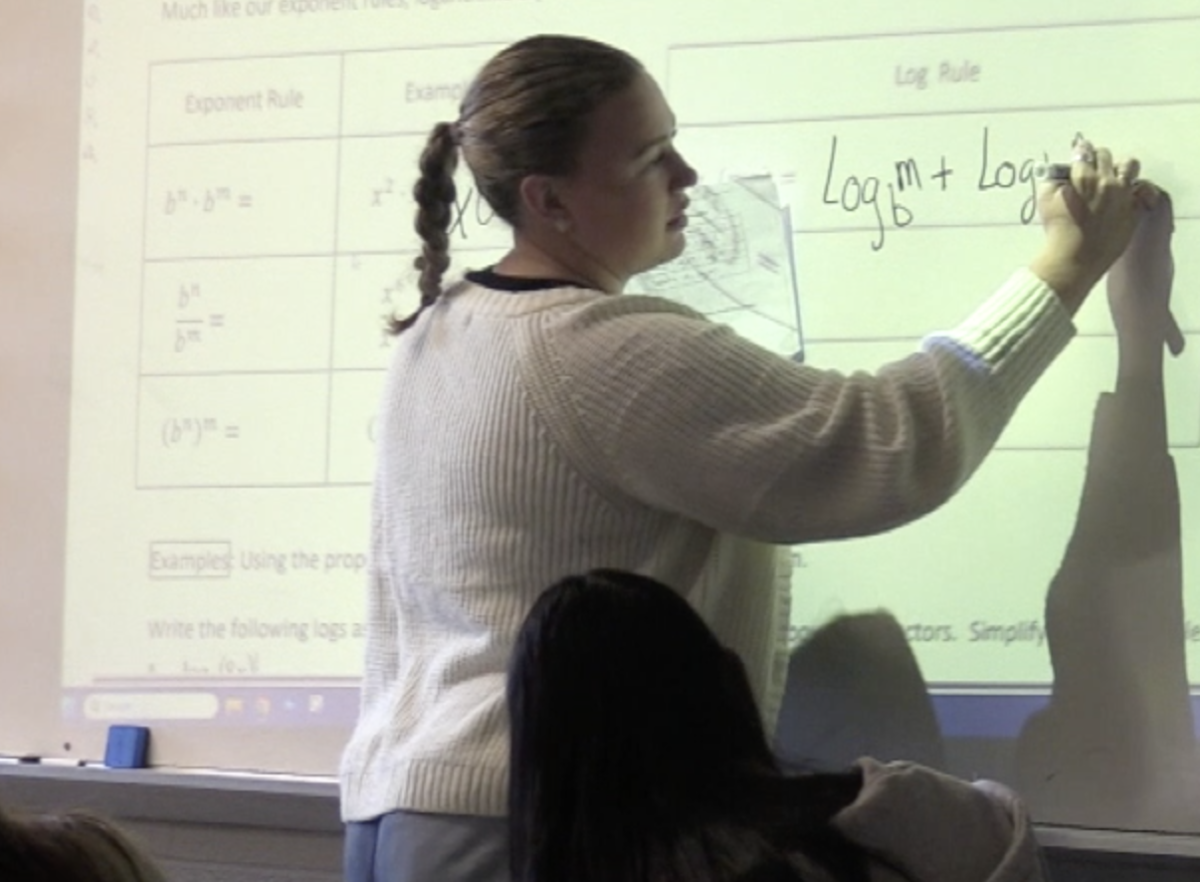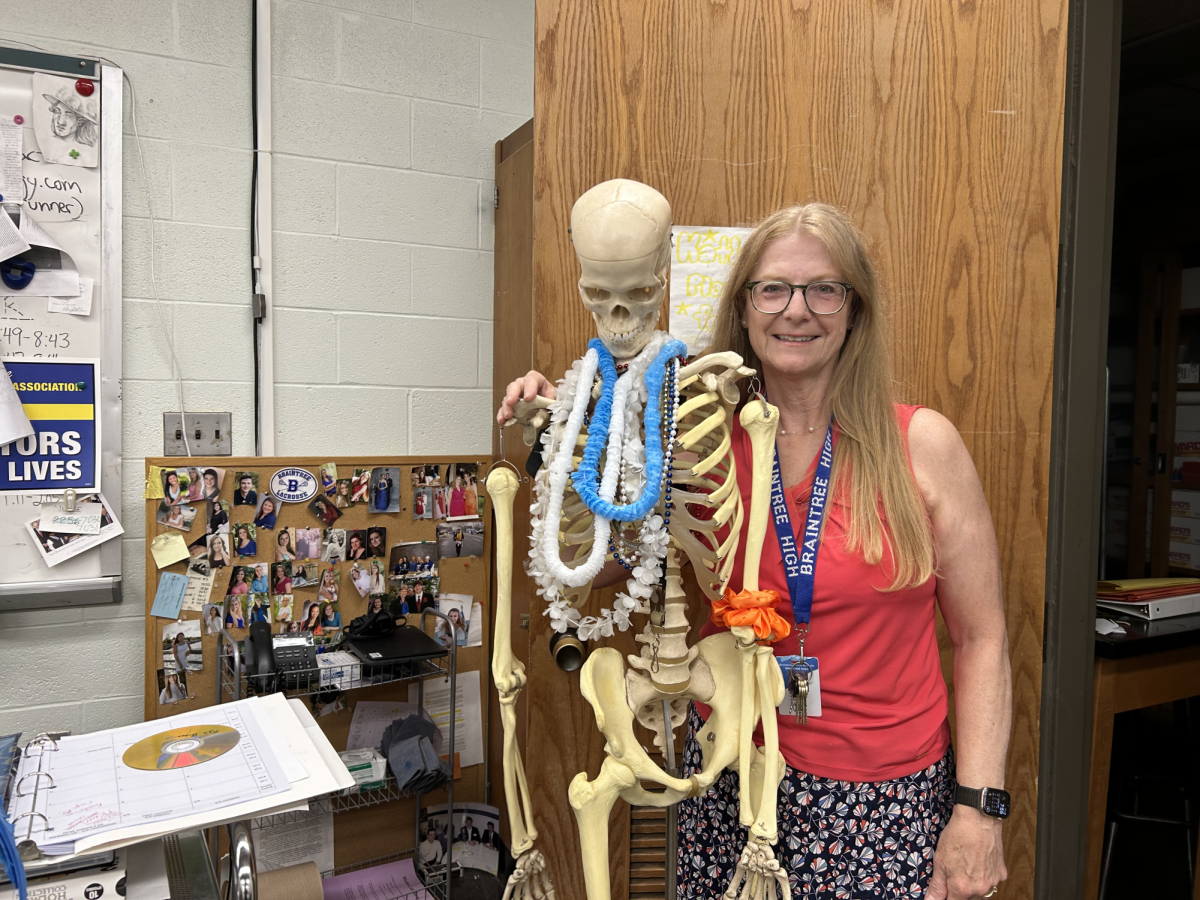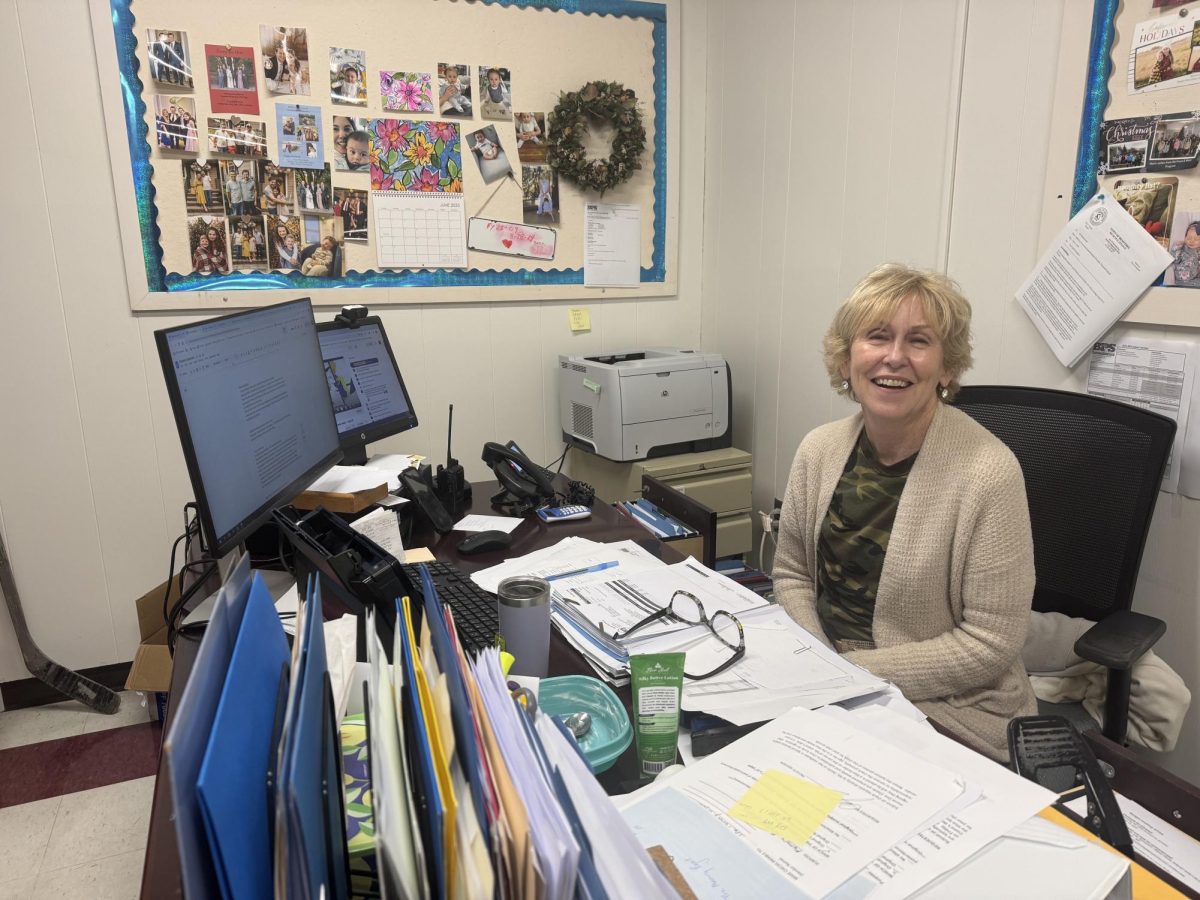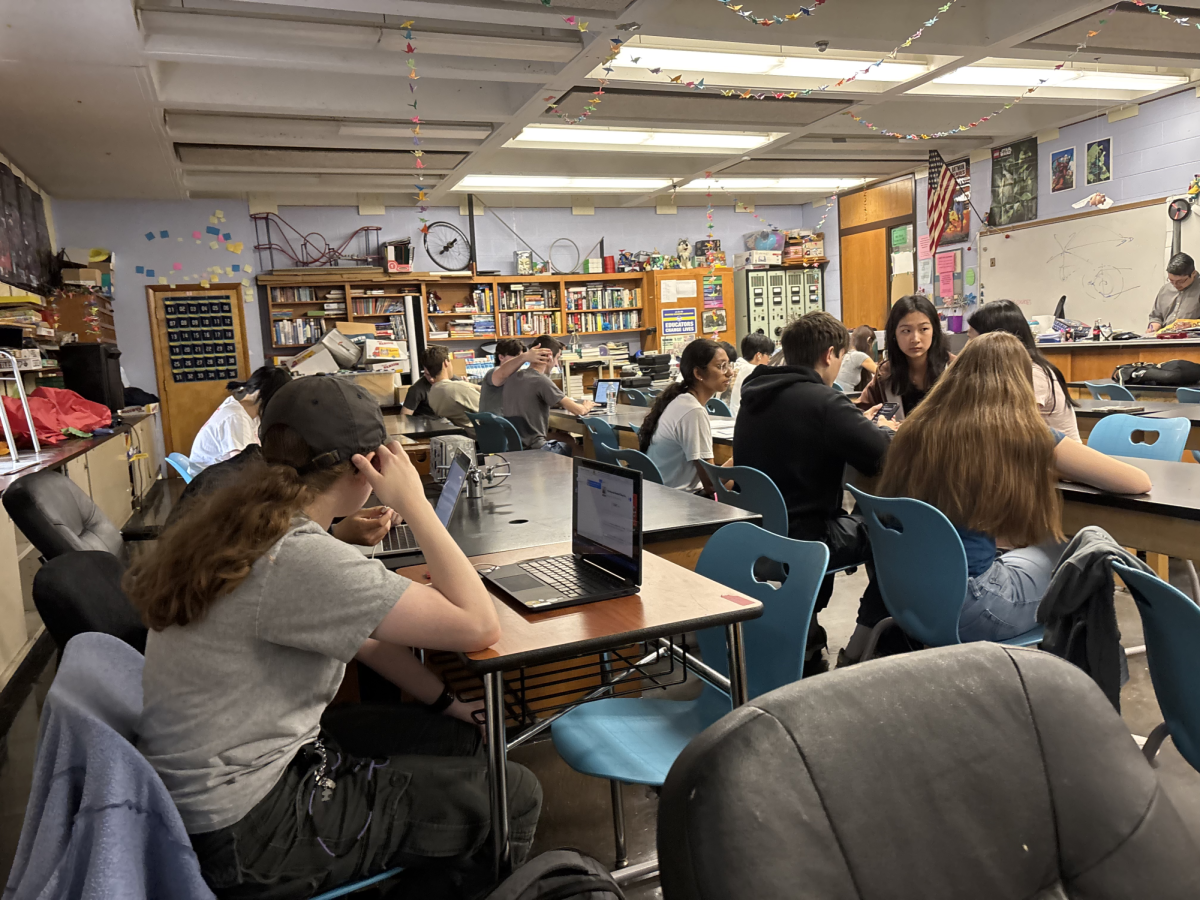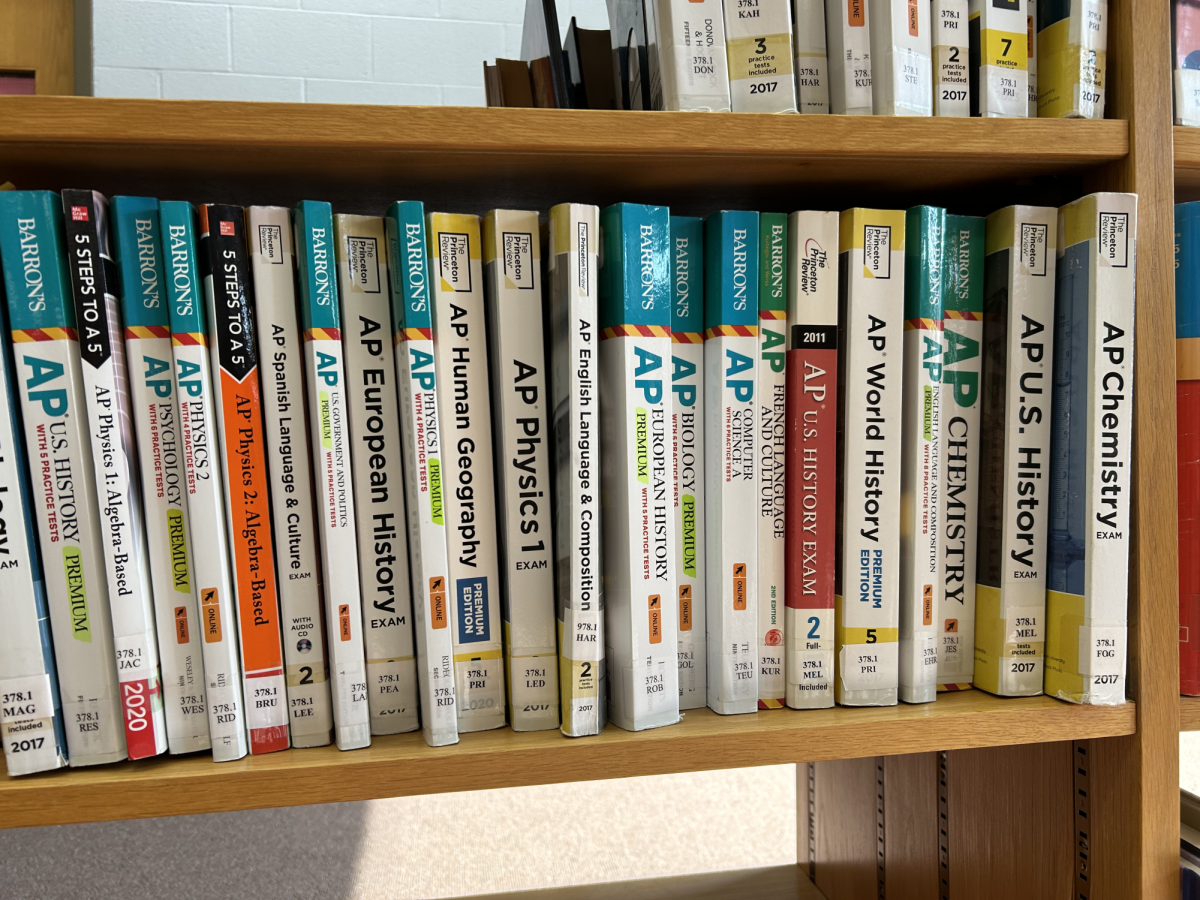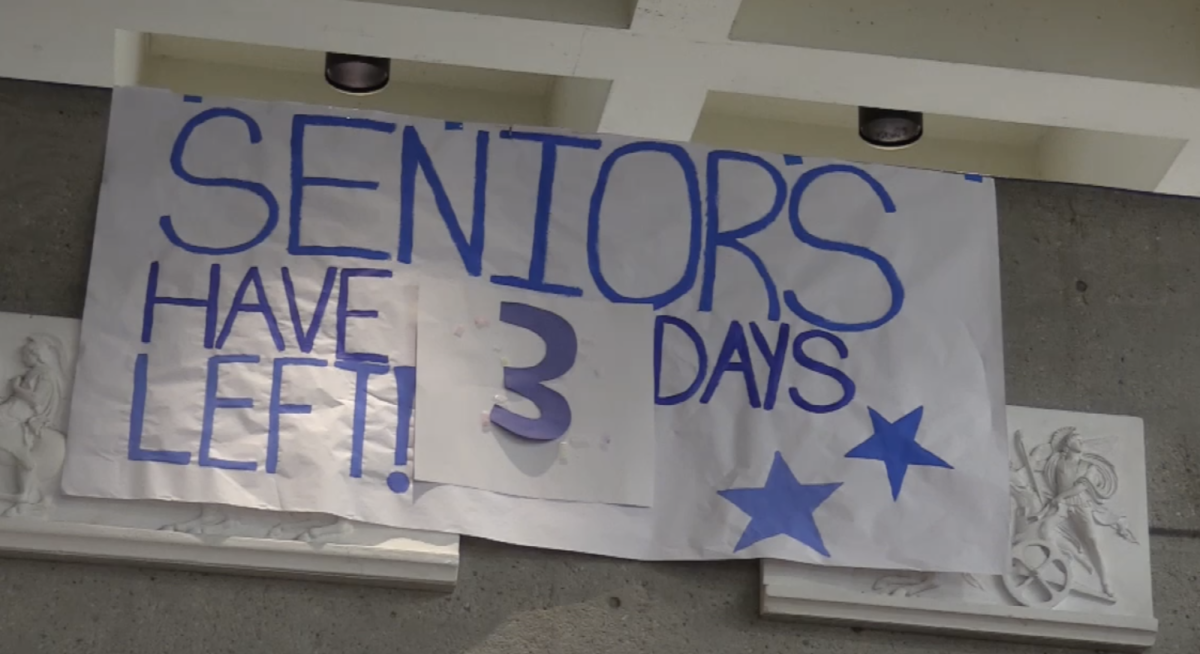This past March, BHS Seniors participated in the annual Credit for Life field trip. On this trip, students choose a job, receive a salary, and learn how to manage a budget, while keeping up their credit score. Although this field trip is a beneficial way to teach students how to achieve financial literacy, is it enough?
While the Credit for Life trip teaches students about where their money is going and how to spend responsibly, the high school could improve its finance curriculum. This is not only a problem that should be addressed by Braintree, but other high schools as well.
According to a survey, 85 percent of High School students say that they are interested in learning more about finances in school. Students want to learn; they want to set themselves up for success. It’s vital that high schools teach this subject to help students reach their financial goals. Once teenagers leave high school, many of them are left on their own to deal with finances. Whether they’re going to college, trade school, a job, or community college, everyone needs to learn how to make financial decisions.
A 2024 survey found that 35 states in the U.S. (more than ⅔ of states) require students to take a personal finance class in order to graduate high school.
While BHS has multiple finance-related courses, none of these classes are required in order to graduate. To help people thrive in life after high school, more schools should implement mandatory finance classes.
Even though Massachusetts is not included in the states that require students to take financial courses before they graduate, the high school should still implement it. A survey conducted by the National Association of Student Financial Aid Administrations found that only 40 percent of four-year college students have ever taken a financial literacy course.
This is concerning because college is the time when young adults are learning how to deal with their financial decisions through student loans, credit cards, and personal finances. Students should not be struggling to figure out how to use finances at the point when they already living in the ‘real’ world.
By teaching students earlier in high school, they will be prepared and more confident to make finance related decisions by themselves. In a 2020 study, researchers found that “18-to-21-year-olds were at least 40 percent less likely to fall a month behind on payments to credit accounts if they had three years of financial literacy education in high school”
Not every student is able to sign up for these classes, which are often filled up with students. By making finance classes mandatory in high school, we can set up students for success. Students are able utilize these skills not just in college, but for the rest of their lives.

